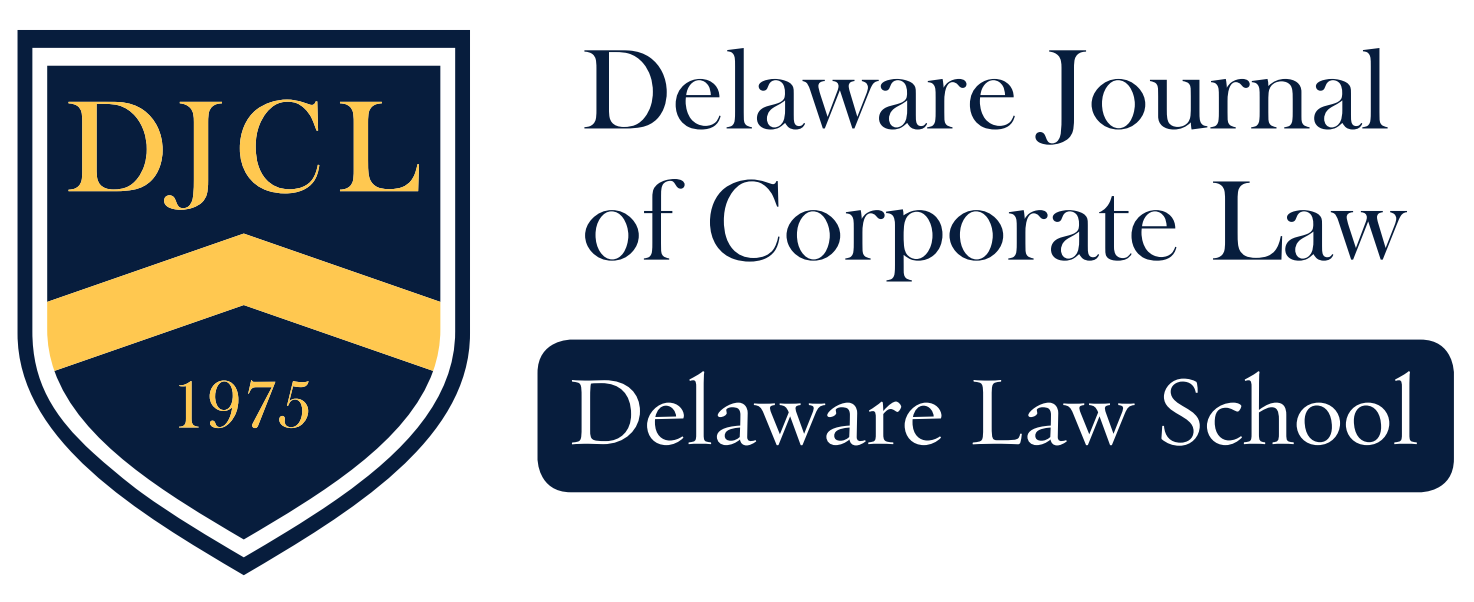By: Alex DiRienzo
In 2016, the GE and Baker Hughes merger (“BHGE”) changed how oil and gas activities are completed throughout the value chain. “This fullstream portfolio positions BHGE to create new sources of value, improving productivity and project economics through integrated equipment and service offerings.”[1] While the deal enabled BHGE to deliver “world-class technical innovation and service execution,” it did not come without problem.[2] Stockholders of Baker Hughes brought an aiding and abetting a breach of fiduciary duty claim against GE.[3] These allegations focus on GE’s audited financial statements that did not differ materially from the unaudited statements they offered prior to closing.[4]
“The elements of a claim for aiding and abetting a breach of fiduciary duty are: ‘(1) the existence of a fiduciary relationship, (2) a breach of the fiduciary’s duty, (3) knowing participation in that breach by the defendants, and (4) damages proximately caused by the breach.’”[5] The parties agreed that enhanced scrutiny under Revlon would apply to the Board’s approval of the Merger.[6] There are two key features of an enhanced scrutiny test: “(a) a judicial determination regarding the adequacy of the decision[-]making process employed by the directors, including the information on which the directors based their decision; and (b) a judicial examination of the reasonableness of the directors’ action in light of the circumstances then existing.”[7] This test was used for purposes of determining if a “predicate breach has been alleged sufficiently” in regards to the Board’s decision to approve the Merger.[8] This test is more of a logical and reasoned approach.[9]
The first theory that the plaintiffs claimed is that:
“GE knowingly participated in the Board’s failure to act reasonably in approving the Merger Agreement by creat[ing] an information vacuum to induce the Board into a bad deal.”[10]
Further, the plaintiffs assert that GE provided forecasts that were inconsistent with the book value it was required to take.[11] Under Revlon, directors are free to select the path to value maximization as long as they choose a reasonable route.[12] An intentional vacuum is created by failing to disclose material information to the Board.[13]
Despite their assertions, “none of the ‘informational vacuum’ cases the [p]laintiffs rely on supports finding that the Board’s decision to approve the Merger Agreement fell outside the range of reasonableness as a predicate for an aiding and abetting claim.”[14] To find unreasonableness, “evidence of self-interest, undue favoritism or disdain towards a particular bidder, or a similar non-stockholder-motivated influence that calls into question the integrity of the process” is needed.[15] Each of these cases, Rural Metro, PLX, KCG, and TIBCO, all involved a person who was privy to internal processes of the target board “who deliberately withheld material information from the board, thus casting doubt on the integrity of a sale process.”[16]
While GE wanted to get the best possible deal for them, they were not privy to any internal process of the Board.[17] Thus, “GE was not in a position to taint the Board’s internal deliberations.”[18] This decision shows that even some of the most important mergers are not executed with perfection. Since there were no facts supporting an information vacuum by GE, the court decided the information given was not culpable because it was just the product of “arm’s length negotiations.”[19]
Moreover, the plaintiff’s claim would fail for “lack of any evidence of knowing participation by GE.”[20] “Knowing participation in a board’s fiduciary breach requires that the third party act with the knowledge that the conduct advocated or assisted constitutes such a breach.”[21] “[A] bidder may be liable to a target’s stockholders for aiding and abetting a fiduciary breach by the target’s board where the bidder and the board conspire in or agree to the fiduciary breach.”[22]
The important thing here is that no facts show that GE knowingly participated in the failure of the Board.[23] In fact, GE produced the audited financials when they were able, even though they may not have been materially different than the unaudited financials. Thus, there were no sufficiently pleaded facts that show:
“GE knowingly participat[ed] in any breach of fiduciary duty” by the Board.[24]
It is interesting to consider that a merger that created “the world’s second-largest oilfield service provider by revenue” had a lawsuit behind it due to unaudited financials.[25] Despite the goals the two companies had together, in the end, it seems the lawsuit won. In 2018, GE bailed out of the deal amid “management missteps and culture clashes.”[26] Perhaps the concern during the negotiations had an impact even though GE did nothing legally wrong.
___________________________________________________________________________________
[1] GE Announces Completion of GE Oil & Gas and Baker Hughes Merger, Gen. Elec. (July 3, 2017), https://www.ge.com/news/press-releases/ge-announces-completion-ge-oil-gas-and-baker-hughes-merger.
[2] Id.
[3] Albert Carroll, et al., Chancery Addresses Fiduciary Duty Claims Related to Financial Statements Created for Merger, JD Supra (Dec. 23, 2020), https://www.jdsupra.com/legalnews/chancery-addresses-fiduciary-duty-12724/.
[4] Id.
[5] In re Baker Hughes Inc. Merger Litig., C.A. No. 2019-0638-AGB, 2020 WL 6281427 at *5 (Del. Ch. Oct. 27, 2020).
[6] Id. at 6.
[7] Id. at 7.
[8] In re Baker Hughes Inc. Merger Litig., 2020 WL 6281427 at *6.
[9] Id. at 7.
[10] Id. (internal quotations omitted)
[11] Id.
[12] In re Baker Hughes Inc. Merger Litig., 2020 WL 6281427 at *8.
[13] Id. at 9.
[14] Id.
[15] Id. (quoting In re Del Monte Foods Co. S’holders Litig., 25 A.3d 813, 831 (Del. Ch. 2011).
[16] In re Baker Hughes Inc. Merger Litig., 2020 WL 6281427 at *10.
[17] Id.
[18] Id.
[19] In re Baker Hughes Inc. Merger Litig., 2020 WL 6281427 at *11.
[20] Id.
[21] Malpiede v. Townson, 780 A.2d 1075, 1097 (Del. 2001).
[22] Id. at 1097-98.
[23] In re Baker Hughes Inc. Merger Litig., 2020 WL 6281427 at *11.
[24] Id.
[25] GE Closes Baker Hughes Deal, Becomes No. 2 Oilfield Service Provider, Reuters (July 3, 2017), https://www.reuters.com/article/us-baker-hughes-m-a-ge/ge-closes-baker-hughes-deal-becomes-no-2-oilfield-service-provider-idUSKBN19O1RJ.
[26] Liz Hampton, The Culture Clash Behind GE’s Quick Exit From Baker Hughes Stake, Reuters (June 26, 2018), https://www.reuters.com/article/us-baker-hughes-ge-future-insight/the-culture-clash-behind-ges-quick-exit-from-baker-hughes-stake-idUSKBN1JM312.
